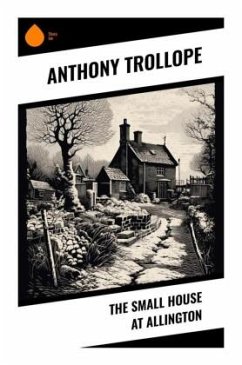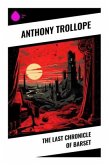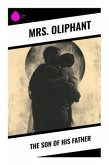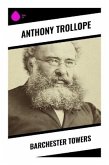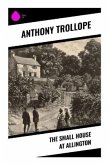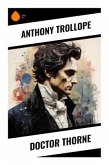In "The Small House at Allington," Anthony Trollope masterfully weaves a narrative that explores the subtleties of rural English society through the lens of the Allington estate. Set against the backdrop of the mid-19th century, this novel deftly blends realism with rich character development, showcasing Trollope's keen observational prowess. The story revolves around the lives and relationships of the Bellfield family, particularly the romantic entanglements and societal pressures faced by the spirited Lily Dale. Its layered plot combines humor with social commentary, calling attention to issues of gender, class, and the intricate dance of love and ambition within the provincial setting. Trollope, a prominent figure of the Victorian literary landscape, was adept at capturing the complexities of his characters, drawn from both personal experiences and acute social awareness. Having spent considerable time in various English towns, his intimate knowledge of provincial life informsthe novel's vivid tapestry, revealing the cultural nuances and expectations of his era. Trollope's own experiences as a member of a genteel but struggling family provided a personal touch to the themes of aspiration and the search for stability that permeate the narrative. I highly recommend "The Small House at Allington" to readers seeking an insightful exploration of Victorian life that challenges societal norms through compelling storytelling. Trollope's deft characterizations and moral dilemmas resonate deeply, making this work a significant contribution to the literature of its time and an engaging read for anyone interested in the intersections of love, duty, and social class.
Bitte wählen Sie Ihr Anliegen aus.
Rechnungen
Retourenschein anfordern
Bestellstatus
Storno

